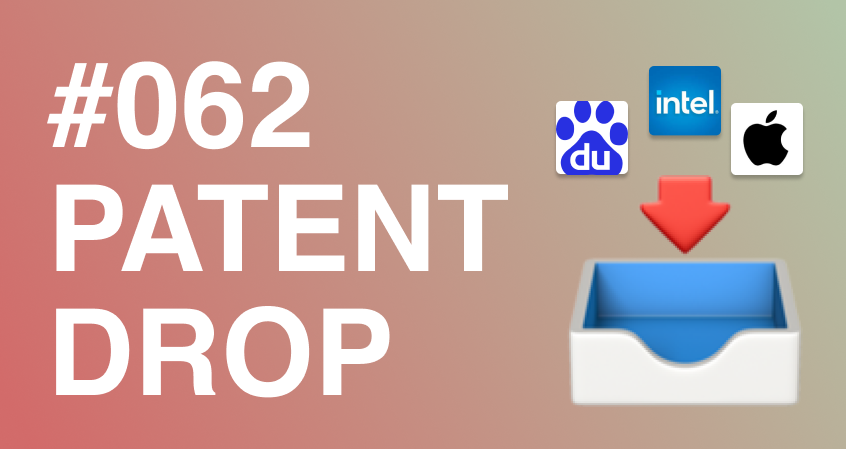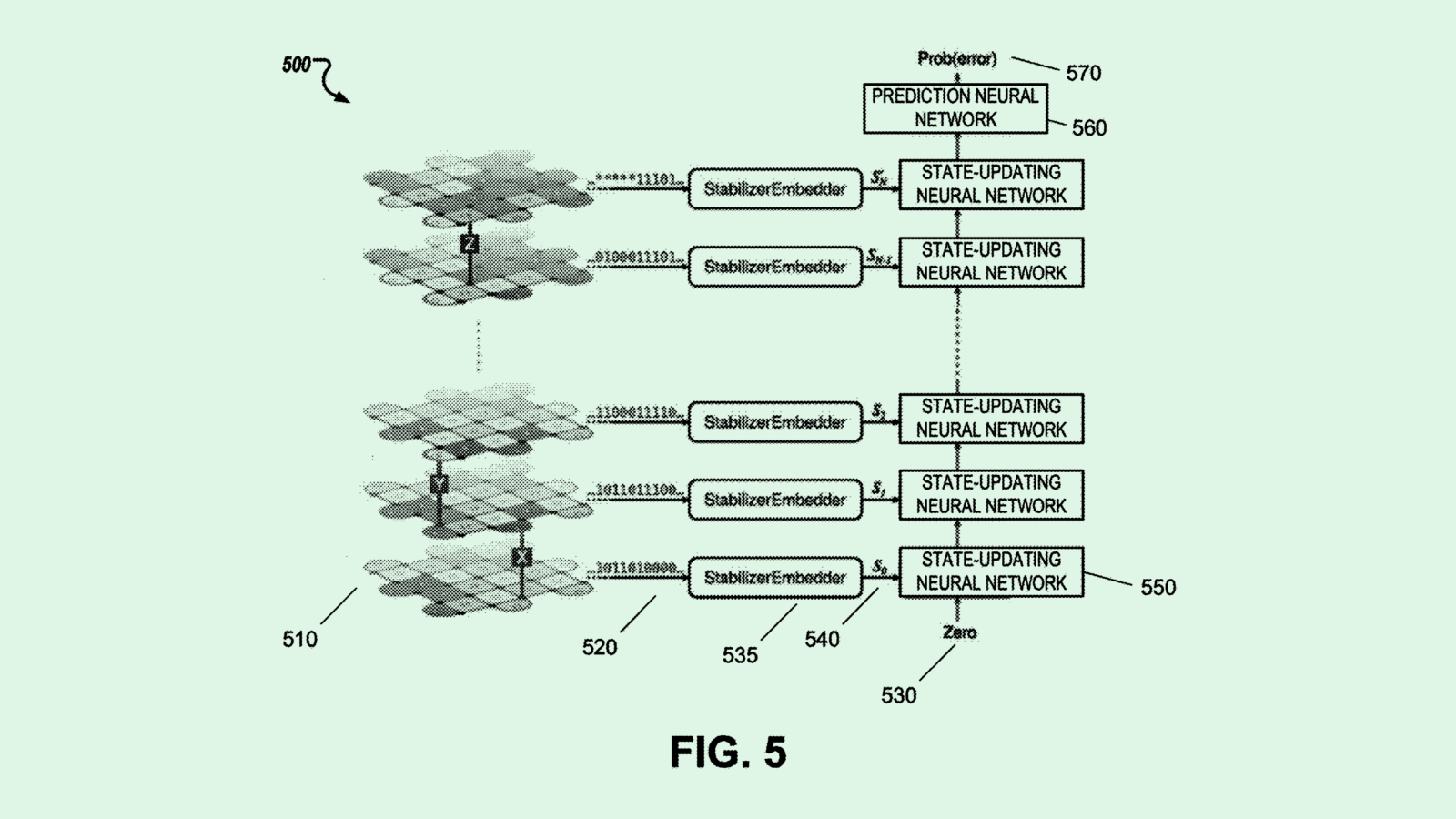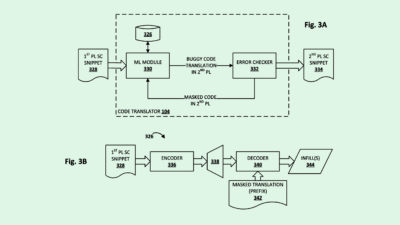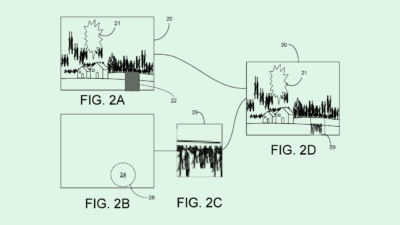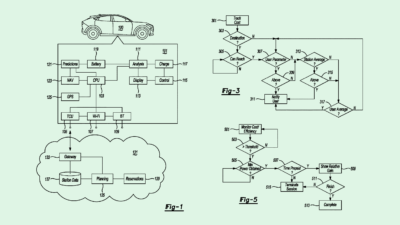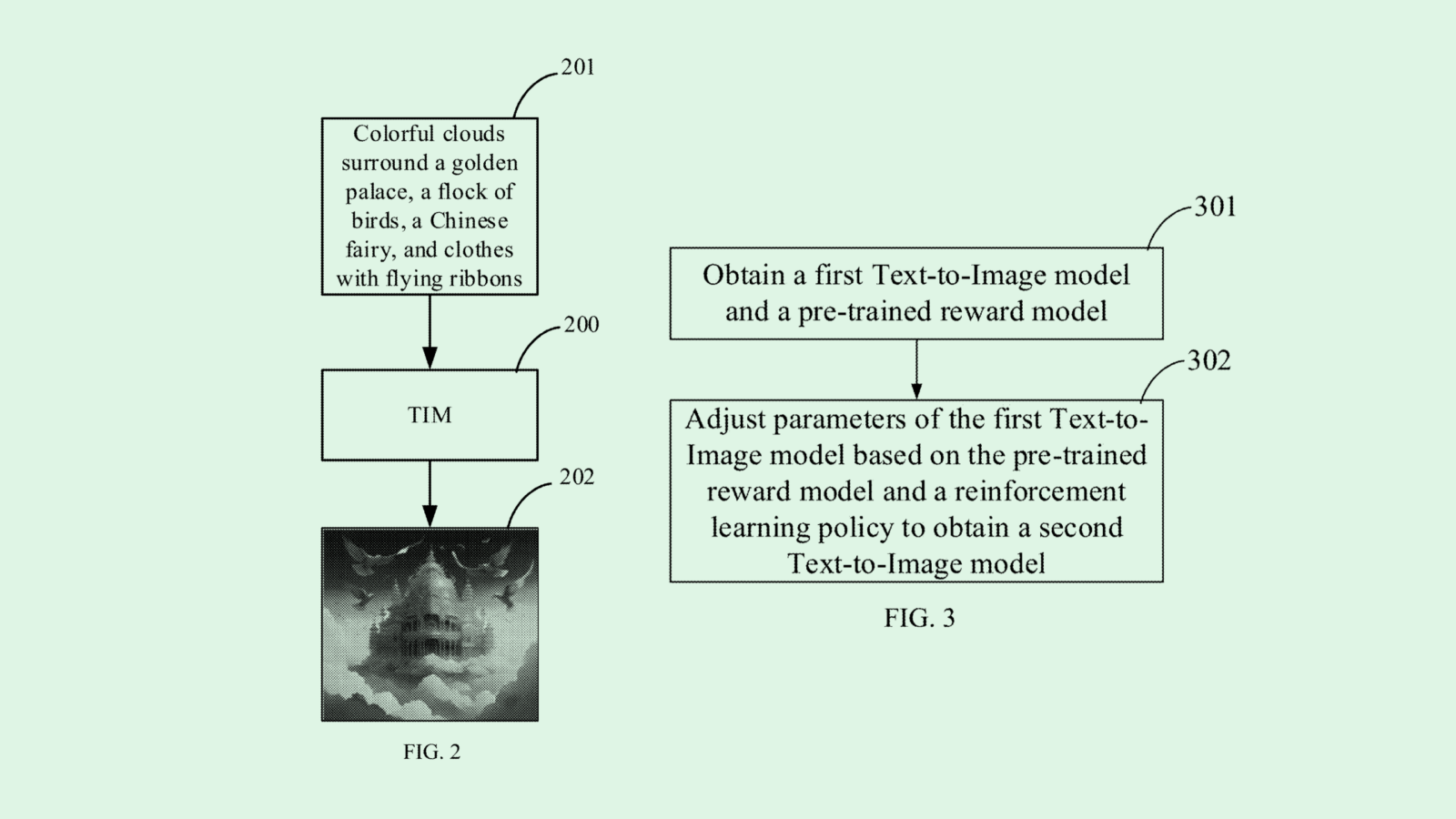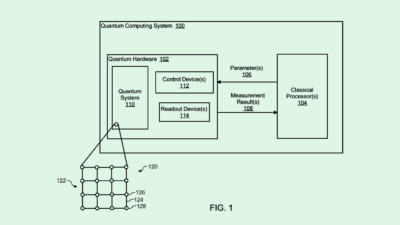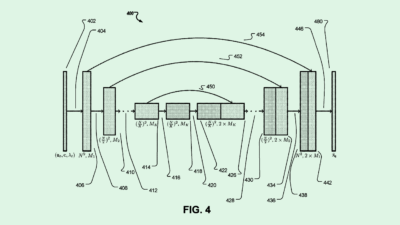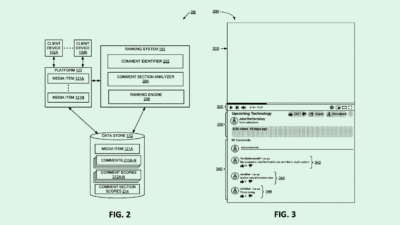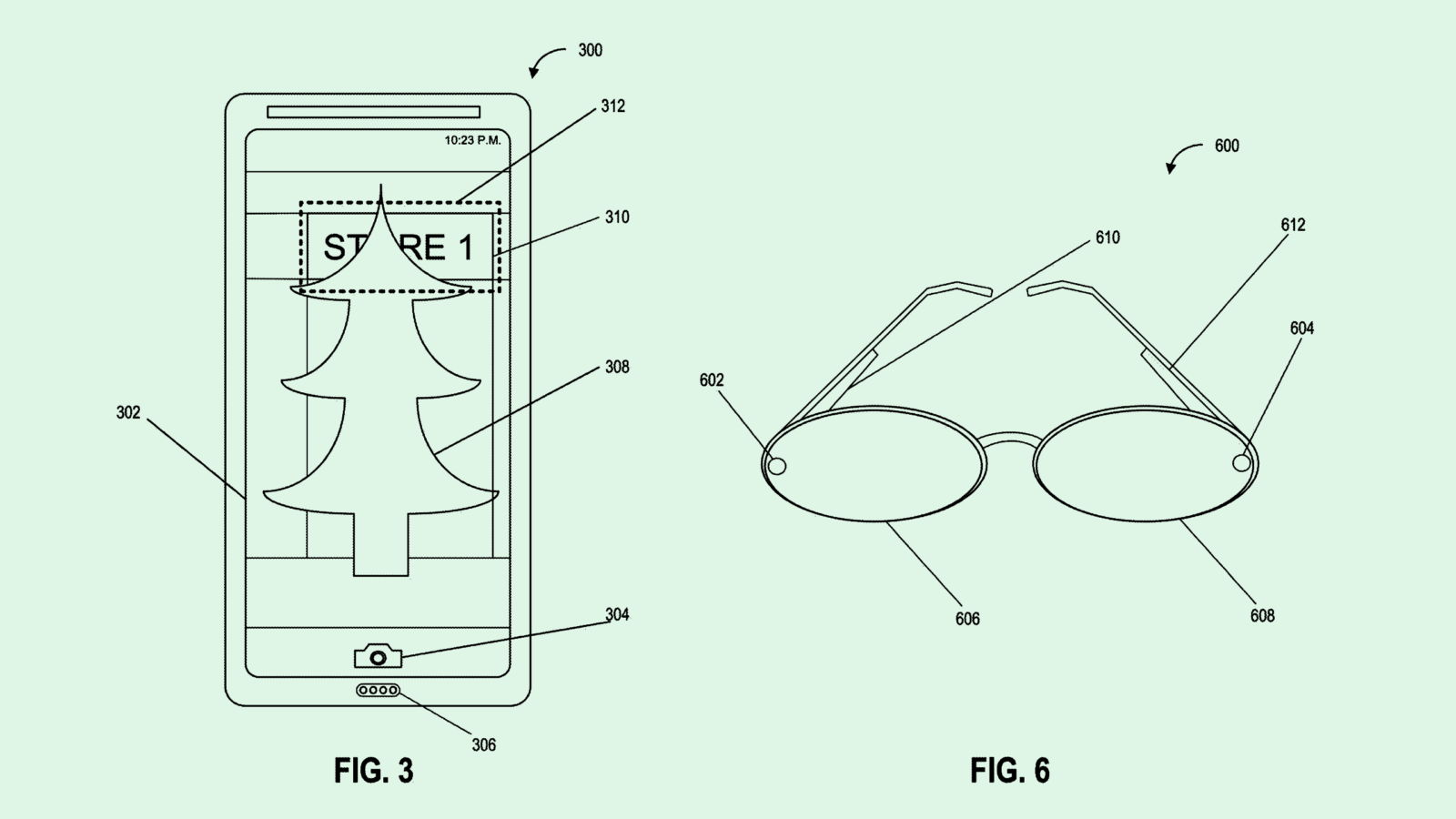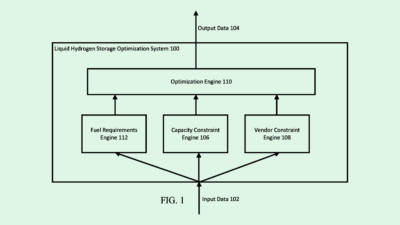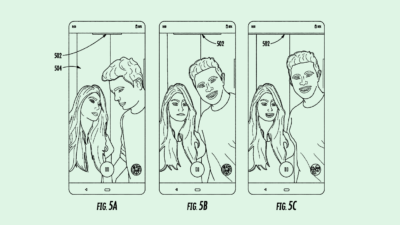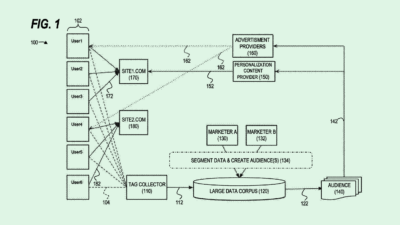Sign up to uncover the latest in emerging technology.
Plus: How Apple and Nvidia want to tackle traffic jams.
Happy Monday and welcome to Patent Drop!
Today’s Patent Drop is all about the journey. We’re taking a look at Intel’s plans for in-car sobriety tests, Baidu’s goal to make sure its riders are strapped in, and why Apple and Nvidia may want to keep an eye on the road. Let’s buckle in.
#1. 🎶Intel, take the wheel🎶
Even if a car can drive for you, Intel knows that the person behind the wheel still needs to have a clear head.
The company is working on tech that makes drivers take a “cognitive capacity test” to activate autonomous driving. Essentially, the car tests for factors like situational awareness, response times and accuracy to ensure that a user can take control of the car in the event that it “encounters a situation that the vehicle is unable to navigate.” This means that even if the car is the one doing the driving, you can’t knock back a few Jägerbombs and get behind the wheel.
“Automated driving may require a driver to alter a level of active engagement with a vehicle on short notice,” Intel said in its application.
While Intel hasn’t been as splashy with its self-driving car work as others, the company has certainly made strides in the sector. After it acquired Israeli autonomous driving tech Mobileye in 2017, the company spun out the unit as a public entity in October, and its shares have spiked 58% since then. In Mobileye’s recent earnings report, the company beat Wall Street’s sales expectations, with CEO Amnon Shashua saying “my confidence level on delivering high returns to all stakeholders has never been higher.”
“I think they see this as a huge growth vertical.” Bob Bilbruck, tech analyst and CEO of consulting firm Captjur, told me. “I think they feel like they have an advantage here. This patent could be an indicator that they believe they have an upper hand on some of those other competitors.”
Strengthening its safety regulations might help the company make a better pitch to consumers. Rather than taking the driver out of the equation entirely, Intel seems to be introducing a “bridge technology,” or one that bridges the gap between fully autonomous driverless vehicles and traditional cars by having the rider work in tandem with the vehicle, said Bilbruck.
“You’re not just going to go from somebody driving a gas-powered or even an electric vehicle that they’re driving themselves to going fully autonomous,” Bilbruck told me.
Even though regulators cleared the way for developers to create and deploy self-driving cars that don’t include manual controls at all last March, consumers still feel uneasy: according to the J.D. Power 2022 Mobility Confidence Index, consumers generally feel hesitant to trust autonomous vehicles, and often avoid using those systems when available to them. Safeguards like Intel’s might help consumers feel more comfortable letting the car take the wheel, especially if they’re sober.
#2. Buckle up, Baidu
While Intel wants to make sure its drivers are fit to watch the car do the work, Chinese web services giant Baidu wants to make sure its passengers are strapped in tight.
The company is working on sensors for its autonomous taxis to detect “whether a passenger is seated/unseated” for a ride. Rather than using pressure sensors, this tech detects door openings and uses seat belt sensors to determine “seat load,” or how many passengers will be riding in the car. Plus, it may call you out if you don’t wear your seat belt, with an “alarm signal” going off if you’re not buckled up, like a Kia.
While this sounds simplistic, it exemplifies a common concern among autonomous vehicle manufacturers: self-driving car safety is about more than just about the tech itself being reliable, but also the passengers that operate and ride in them.
“With the continuous development of autonomous driving technology, there is no driver in operating autonomous driving vehicles,” Baidu said in its application “In order to ensure the safe driving of the autonomous driving vehicles, there is a need to detect passenger seating/unseating.”
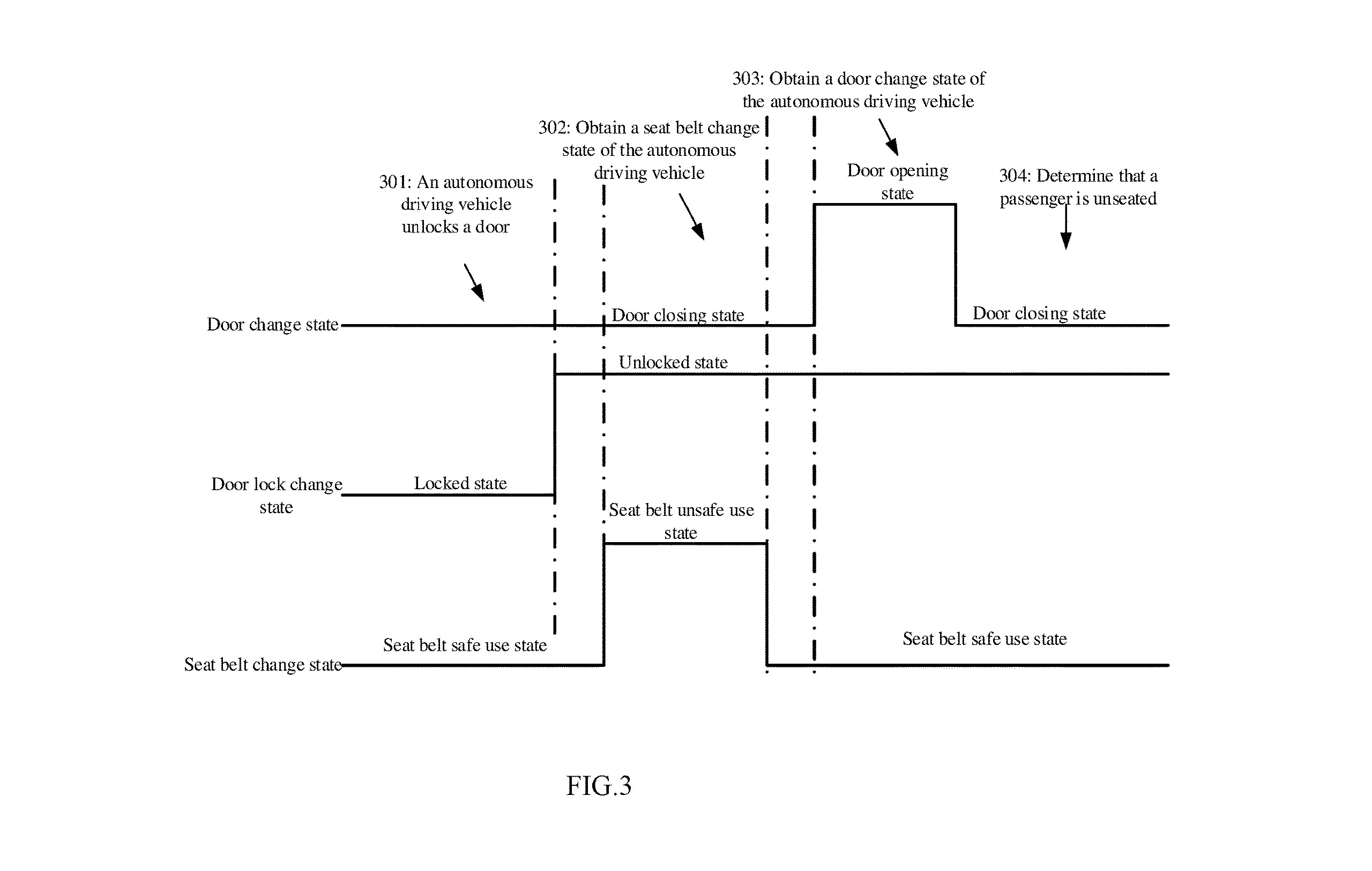
Baidu has made major gains in the autonomous vehicles space, especially in the past year. The company won its first permits to deploy fully driverless taxis in major two Chinese cities, with executives calling it a “turning point” for the adoption of autonomous driving. And in December, the company was given permission to operate its robotaxi fleet until 11 p.m. in one of its markets. Previously the vehicles were only available to riders from 9 a.m. to 5 p.m.
While there are plenty of self-driving car startups, Baidu’s success in the space stands out because of the company’s fragmentation. Similar to Google and its work with Waymo, autonomous vehicle development is just one small piece of Baidu’s business, with the bulk of its operations also centered around its search engine. One key difference: China’s regulation allows for Baidu to more easily bring its products to market.
“As far as how government regulation has gone, China is a lot more open to autonomous vehicles than the US has been,” Bilbruck said. “Within the US, I think we’re a little bit behind the curve on regulation around autonomous vehicles.”
#3. Road work ahead? I sure hope it does!
While Intel and Baidu are working on making their cars better, other tech companies are working on tackling the journey itself – and the traffic that comes with it.
For starters, Apple wants to patent tech that can formulate predictions about the route drivers may travel, and warn them about traffic conditions. The company plans to make these route predictions by looking at a wide swathe of user data, including previously and consistently traveled routes, calendar events, locations on electronic tickets, and addresses “parsed from recent emails and/or messages.” Meaning, if you text you friend that you’re in the mood for pancakes, you might get a notification about the traffic conditions on the way to your nearest IHOP.
The move seems to be another feature for the company to add to Apple Maps and garner more users. Despite Apple’s dominance in the smartphone space, use of its GPS app still lags behind its competitor Google Maps, which touts 1 billion monthly active users.
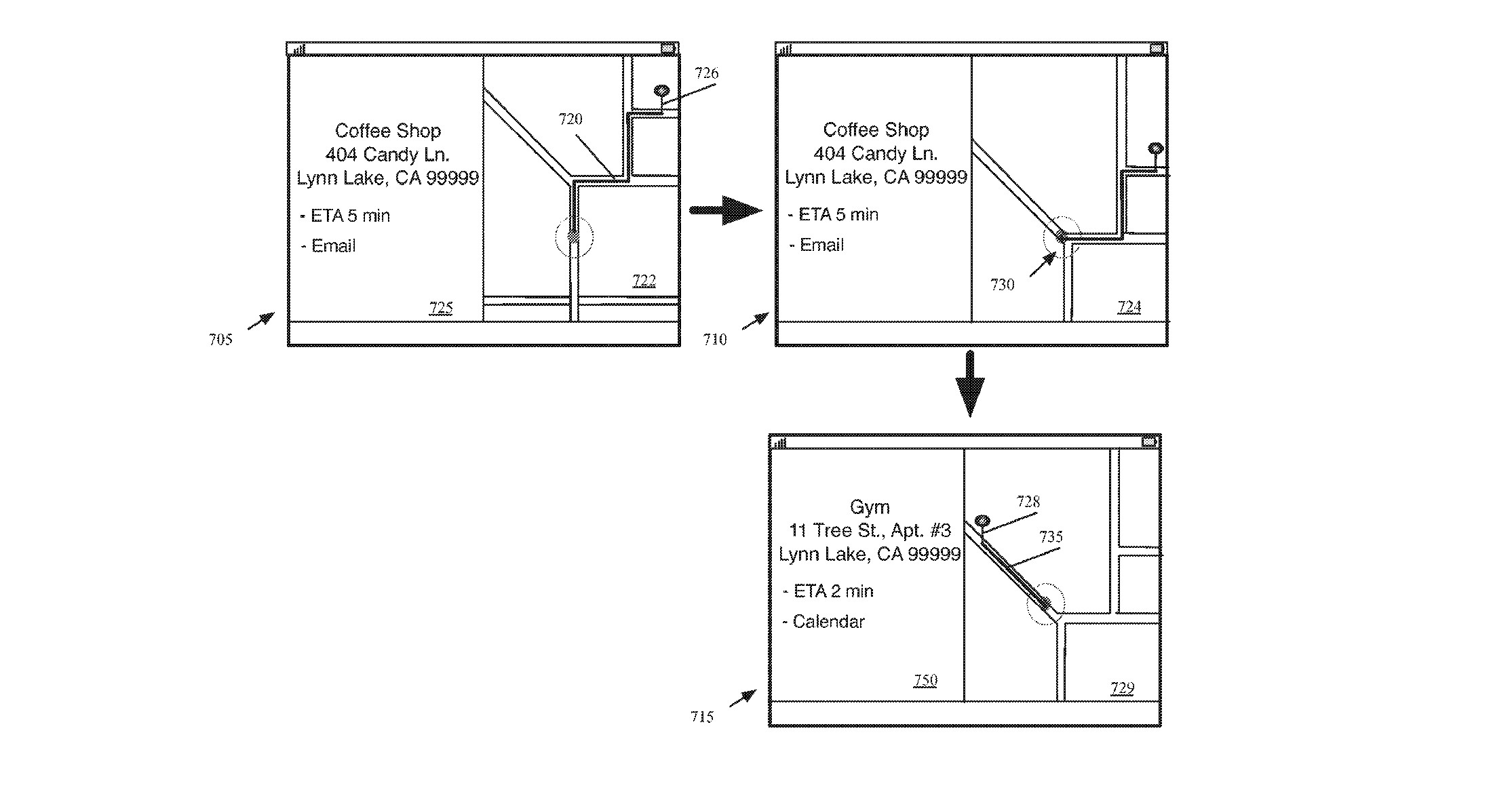
The next company taking a stab at tackling traffic is Nvidia. Rather than monitoring the road from a car or smartphone, the company aims to patent roadway sensors that predict if an accident will take place based on a vehicle’s observed and expected trajectory.
Essentially, this tech can catch if a driver is swerving or speeding, and where it might end up, then send out an alert to authorities of a potential accident. These sensors can also analyze traffic to determine average speed and flow.
“The variability that exists in visual information captured by cameras is extensive,” Nvidia said in its application. “As a result, it is inefficient and ineffective to manually adapt to such variability to accurately analyze traffic and identify relevant and timely insights about traffic flow, safety, and incidents.”
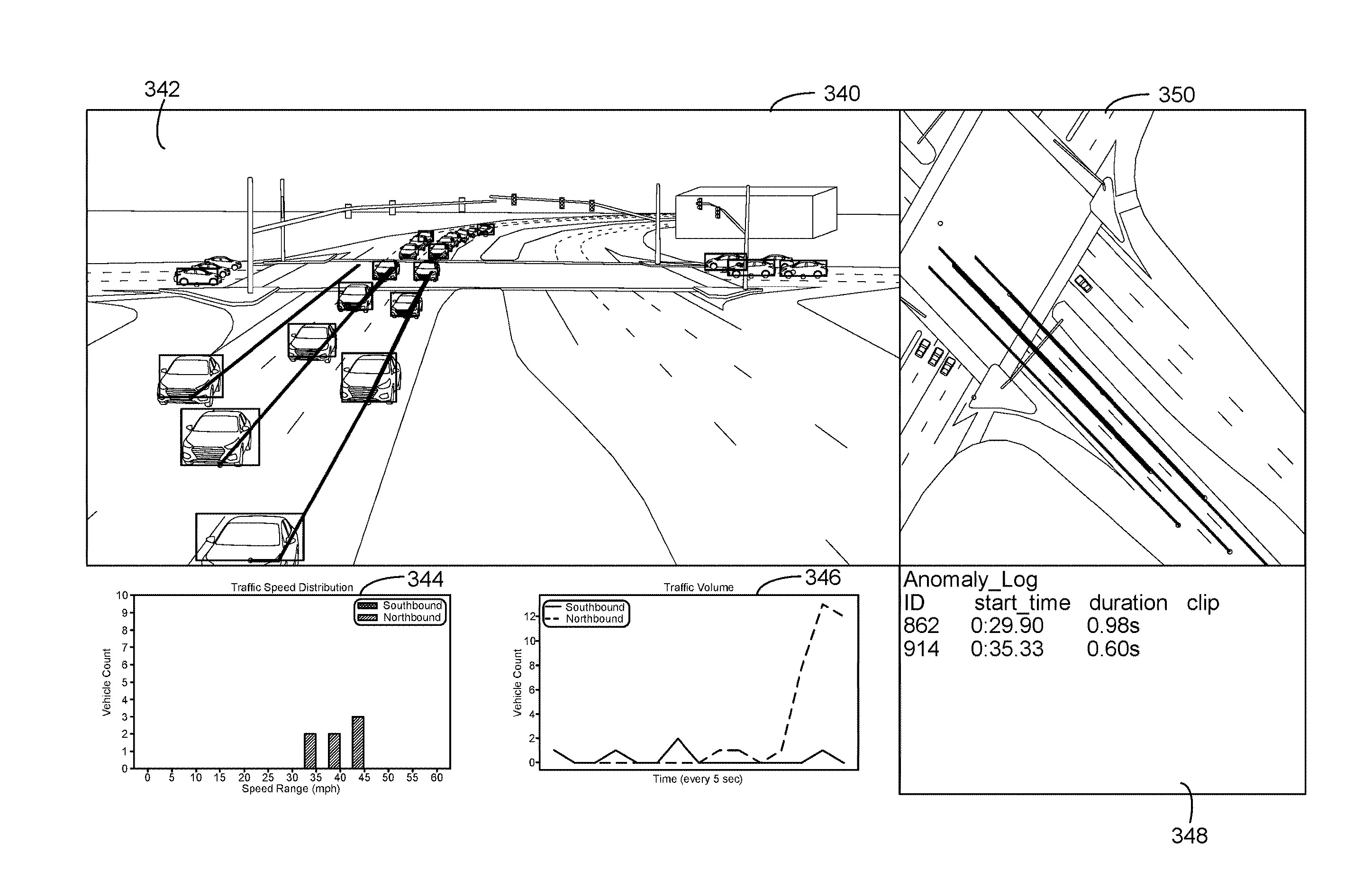
Nvidia already offers real-time city traffic insights with a platform it calls Nvidia Metropolis, which covers everything from drivers to shops to pedestrians, but these services are far from the company’s top seller. This patent, filed in October, might indicate that Nvidia wants to break more into the surveillance game.
Extra Drops
Some other fun patents we wanted to share.
Ford wants to take you on a movie date. The manufacturer filed to patent a system to assist with operating a car in an event venue, in particular a “a Drive-In Cinema.” This system allows for the car’s “infotainment system” to run for longer than usual periods of time, while keeping headlights off to not distract from the movie.
Microsoft wants to keep you on your toes. The company is working on an “intelligent shoe” with sensors that send the wearer signals to instruct users to walk on pedestrian paths. One interesting use case the company points out: these shoes could help visually impaired people navigate certain areas.
Snap wants to help you see clearly. The company filed a patent application for vision testing technology, adding to its work on prescription AR headgear. (To read up on Snap’s other prescription AR tech, check out the Jan. 23 edition of Patent Drop.)
What else is new?
Dell is cutting 5% of its workforce, or roughly 6,600 employees, as market conditions “continue to erode with an uncertain future,” Co-COO Jeff Clarke said in a memo to staff.
Apple surpassed 2 billion active devices in use by customers, seven years after hitting 1 billion in 2016.
Twitter is “trending to breakeven,” Elon Musk said, claiming that he has had to save the company from bankruptcy in an “extremely tough” past three months.
Have any comments, tips or suggestions? Drop us a line! Email at admin@patentdrop.xyz or shoot us a DM on Twitter @patentdrop.
